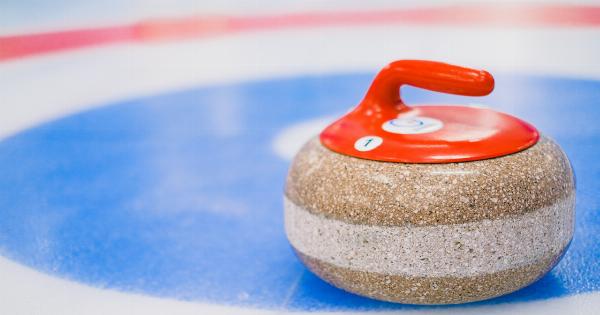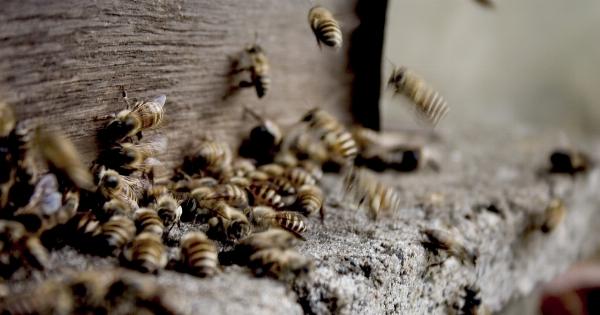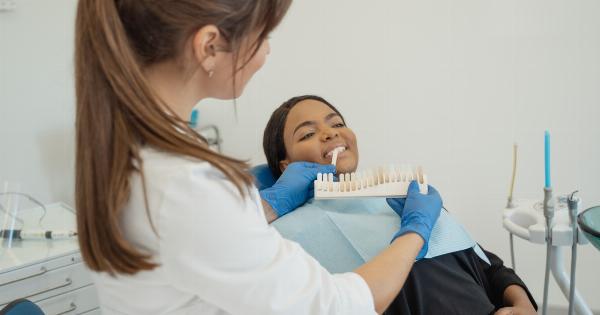Mastitis is a common condition that affects breastfeeding women and occurs when the breast tissue becomes inflamed. It is usually caused by bacteria entering the breast through a cracked or sore nipple.
Mastitis can be quite painful and can interfere with breastfeeding. However, with early detection and proper therapy, most cases of mastitis can be effectively managed.
Symptoms of Mastitis
The symptoms of mastitis can vary from mild to severe and usually present on one breast only. Here are some common signs to watch out for:.
1. Breast Pain:
One of the earliest signs of mastitis is breast pain, which is often described as a throbbing or burning sensation. You may experience pain during breastfeeding or even when you’re not nursing.
2. Breast Redness:
The affected breast may appear red or have patches of redness. The redness is usually localized to a specific area and can be warm to the touch.
3. Breast Swelling:
Mastitis can cause swelling in the affected breast, making it feel larger and firmer than usual. This swelling is often accompanied by a feeling of tightness or heaviness in the breast.
4. Breast Engorgement:
Engorgement occurs when the breasts become overly full of milk due to inadequate drainage. This can lead to mastitis, as the stagnant milk provides a breeding ground for bacteria.
5. Breast Lump:
In some cases, a painful lump may develop in the affected breast. This lump is usually caused by a blockage in one of the milk ducts and can contribute to the development of mastitis.
6. Flu-like Symptoms:
Women with mastitis often experience flu-like symptoms, including fever, chills, body aches, and fatigue. These symptoms are a result of the body’s inflammatory response to the infection.
7. Nipple Discharge:
In severe cases of mastitis, pus or blood may be present in the nipple discharge. If you notice any unusual discharge, it is important to seek medical attention.
Therapy Options for Mastitis
Mastitis should be promptly treated to prevent complications and promote healing. Here are some therapy options commonly used to manage mastitis:.
1. Continue Breastfeeding:
Contrary to popular belief, it is safe to continue breastfeeding when you have mastitis. In fact, frequent nursing helps to drain the affected breast and relieve symptoms.
Make sure to position your baby in a way that allows for proper latch and drainage.
2. Empty the Breast:
In addition to breastfeeding, you can also use a breast pump to fully empty the affected breast after each feeding. This helps prevent milk from pooling and aids in clearing any blockages in the milk ducts.
3. Apply Warm Compresses:
Applying warm compresses to the affected breast can help improve blood flow and reduce inflammation. Use a warm washcloth or a heating pad on a low setting for about 10-15 minutes several times a day.
4. Take Pain Relievers:
Over-the-counter pain relievers, such as acetaminophen or ibuprofen, can help alleviate breast pain and reduce fever associated with mastitis. Always consult with your healthcare provider before taking any medications while breastfeeding.
5. Get Plenty of Rest:
Resting and taking care of yourself is crucial for managing mastitis. Try to avoid exertion and get enough sleep to support your body’s healing process. If possible, ask for help with household chores and childcare responsibilities.
6. Stay Hydrated:
Drink plenty of fluids, such as water and herbal tea, to stay hydrated and support your immune system. Proper hydration also helps maintain an adequate milk supply.
7. Antibiotics:
In some cases, your healthcare provider may prescribe antibiotics to treat mastitis. Antibiotics are necessary when the symptoms are severe, you have an abscess, or if there is no improvement within 24-48 hours of home remedies.
8. Use Cold Compresses:
If you experience significant breast swelling, you can alternate warm and cold compresses. Cold compresses help reduce swelling and provide relief. Use a cold pack wrapped in a thin cloth and apply it to the affected breast for 15 minutes at a time.
9. Seek Lactation Support:
If you’re struggling with breastfeeding or experiencing recurring cases of mastitis, it’s essential to seek support from a lactation consultant.
They can evaluate your breastfeeding technique, help with any latch issues, and provide useful tips to prevent mastitis.
10. Practice Good Hygiene:
Ensure proper nipple care by keeping them clean and dry. Avoid using harsh soaps or lotions on your breasts, as they can cause dryness and irritation. Opt for breathable nursing pads and change them regularly to prevent bacterial growth.
With appropriate therapy, most cases of mastitis resolve within a few days. However, if your symptoms worsen or you develop a breast abscess, it is important to seek medical attention promptly.
Remember, early detection and effective management are key to overcoming mastitis and ensuring a positive breastfeeding experience.






























